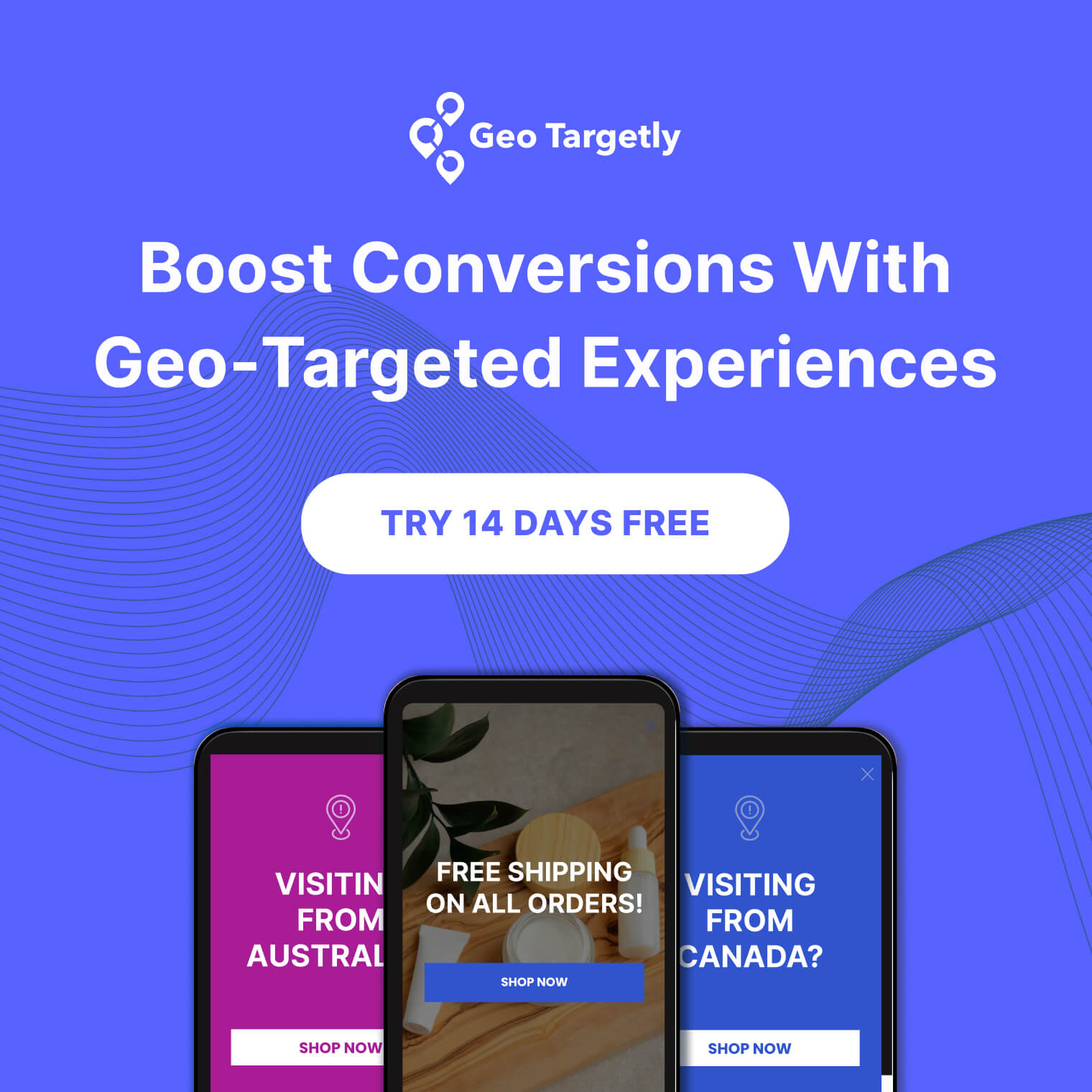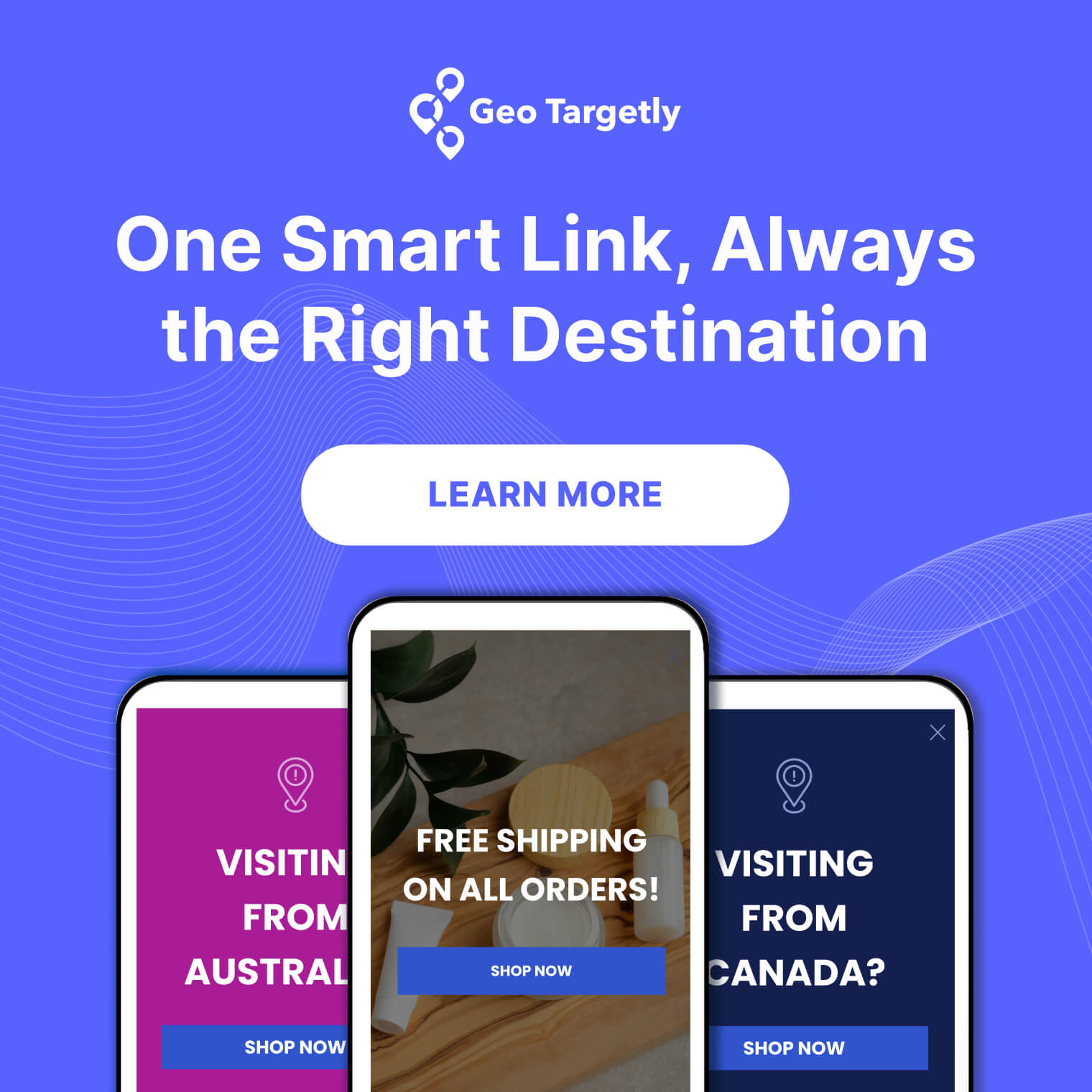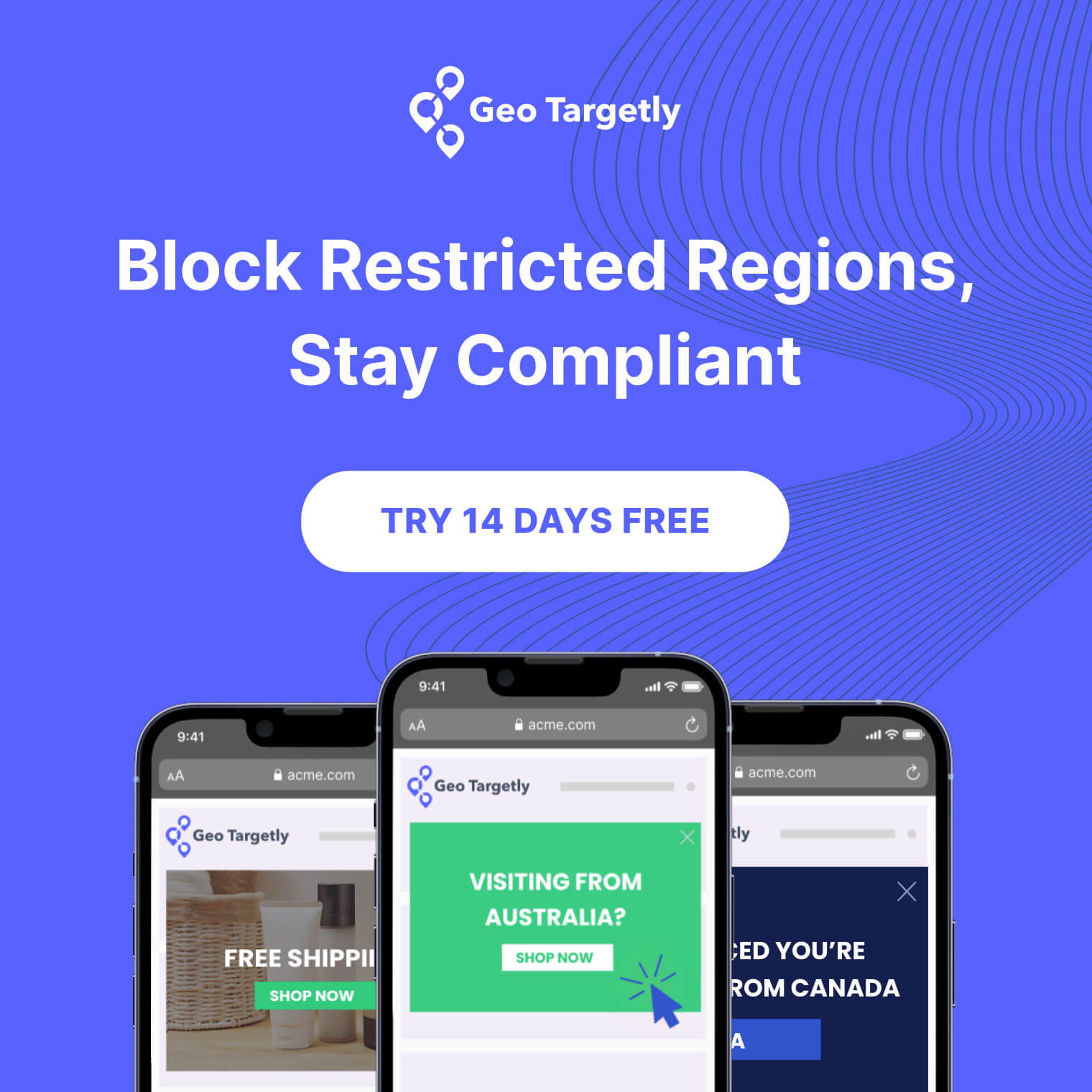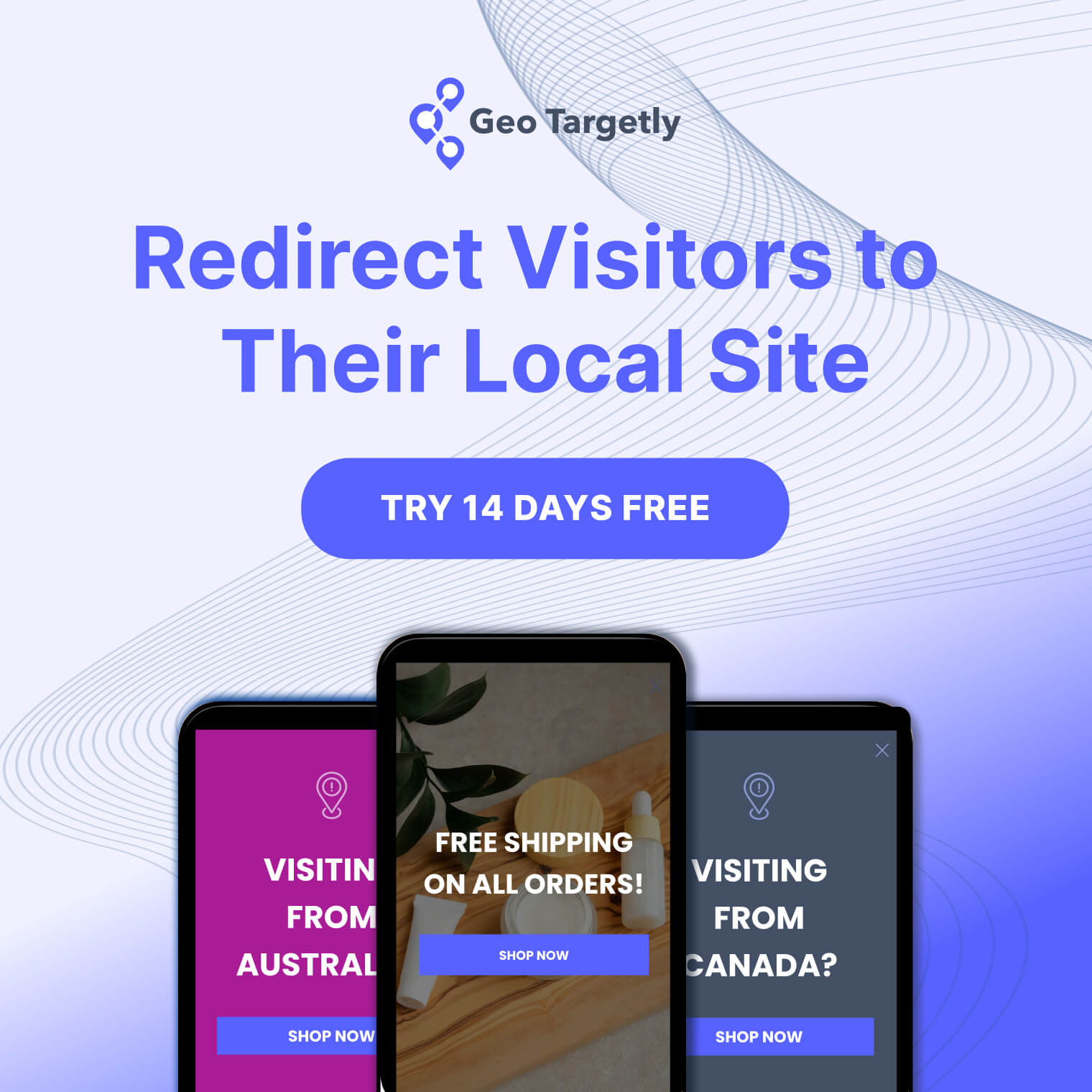

Region-specific marketing has essentially become a necessity for businesses operating internationally. The simple fact is that users simply have too many options available to them online - it’s enough to clutter their newsfeeds and drain away every ounce of attention they have to give. Breaking through all of this content is one of the biggest challenges organisations - especially those who run e-commerce sites - face in today’s marketplace. The name of the game is presenting the right content to the right people. Most businesses have turned to geotargeting in order to achieve this, and in many ways, it has turned out to be a feature that users have come to expect from their e-commerce platforms.
So, why is it so? What kind of region-specific marketing opportunities open up when geotargeting is employed? Let’s find out.
How geo-targeting works
Geotargeting is essentially the customising of content based on the location of users. So, in the broadest terms, this would allow businesses to dynamically show different content to users of different locales on the same site. Generally, this is done through subpages. For example, www.example.com could be the international version of a site - if a user from Australia were to arrive here, they would be redirected to the www.example.com.au subpage.
Generally, geotargeting is done by using some form of location intelligence - most commonly IP addresses. Here, an approximation of a user’s location made using their IP addresses can provide region-specific information to their users.

Better customisation of the user experience
We said before that to get to users you have to break through the clutter. Well, is there a better way to do this than creating personalised content for each user?
It stands to reason that users are more likely to engage with content that is region-specific. After all, you wouldn’t want to see an offer for a sweater collection during the middle of summer, would you? Customising the user experience doesn’t - and in fact shouldn’t - just stop at showing the most appropriate offers to users. Businesses should further customise the offers by showcasing region-specific currencies, taxes and shipping details. You could even add a bit of flair with region-specific designs and colloquialisms.
What all of this customisation achieves is a better user experience for potential consumers that visit your e-commerce site - they won’t have to put up with the hassle of converting prices to their currency or worry about erroneous taxes or shipping costs. This in turn not only increases the likelihood of users converting, but it raises the chances of return visits.
Enabling users to select a language with geotargeting
Geotargeting tools allow you to serve up region-specific content for your international audiences. When doing so, however, one facet that businesses should pay special attention to is language. Certain regions - like the US for example - can have quite a few major languages besides English. In the same vein, it’s not good practice to present the same content to all English speaking regions either - different regions may have their own colloquialisms and terminology variations.
This is where e-commerce sites should be smart and not purely rely on location information from geotargeting. Accessing Google’s search data for certain regions can be an excellent idea in this regard. The two in tandem can prove to be quite an effective combination.
Better understanding user motivation with geotargeting
When a user is browsing through the web, quickly glancing through site after site, it would be incredibly useful to know what their motivation is. If you can identify this user’s pain point, you stand a far greater chance of grabbing their attention and converting them.
Now, geotargeting alone will not be able to identify this intent. However, the geolocation data it provides can be combined with certain other information - demographic or psychographic information for example - in order to discern the searcher’s true intent.
At this point, considering you’ve already created custom content that takes language, currency and other important details into account, it’s all about matching the content to the intent, and you’ll be guaranteed engagement and conversions.
Installing geotargeting for your e-commerce platform
Reliance on e-commerce platforms has become a routine aspect for many consumers. This has resulted in a litany of organisations vying for a piece of the pie. As such, breaking through all this competition can be quite the challenge. It requires customising your content to better appeal to region-specific audiences and ensuring the right audience sees all of this, at the right time.
This entire process requires the usage of several different types of data, all used in combination to provide users with the best experience possible. Geotargeting, and the location-based data it provides serves as the starting base for all of this and is thereby an essential component that should be present in every e-commerce platform.
To learn more about the geotargeting services Geo Targetly provides, simply click here.




.webp)


































